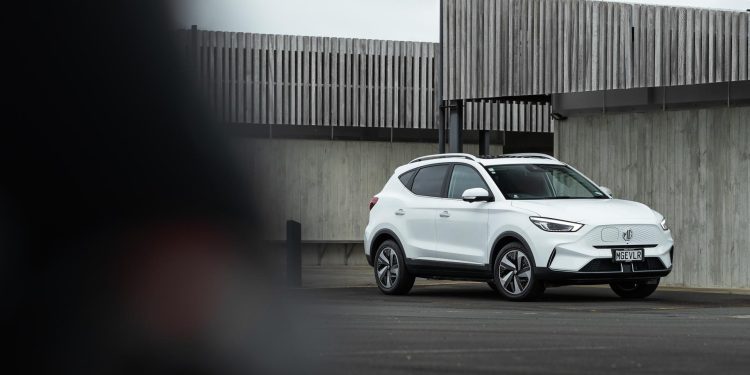2023 MG ZS EV Long Range review
MG adds a ZS EV with a bigger battery for a longer cruising range, appropriately called the Long Range. Is it worth the extra money to go further between charges?
The MG ZS EV caused a bit of a stir when it arrived here a few years ago, thanks to a price tag that put ‘affordable’ and ‘electric vehicle’ in the same sentence.
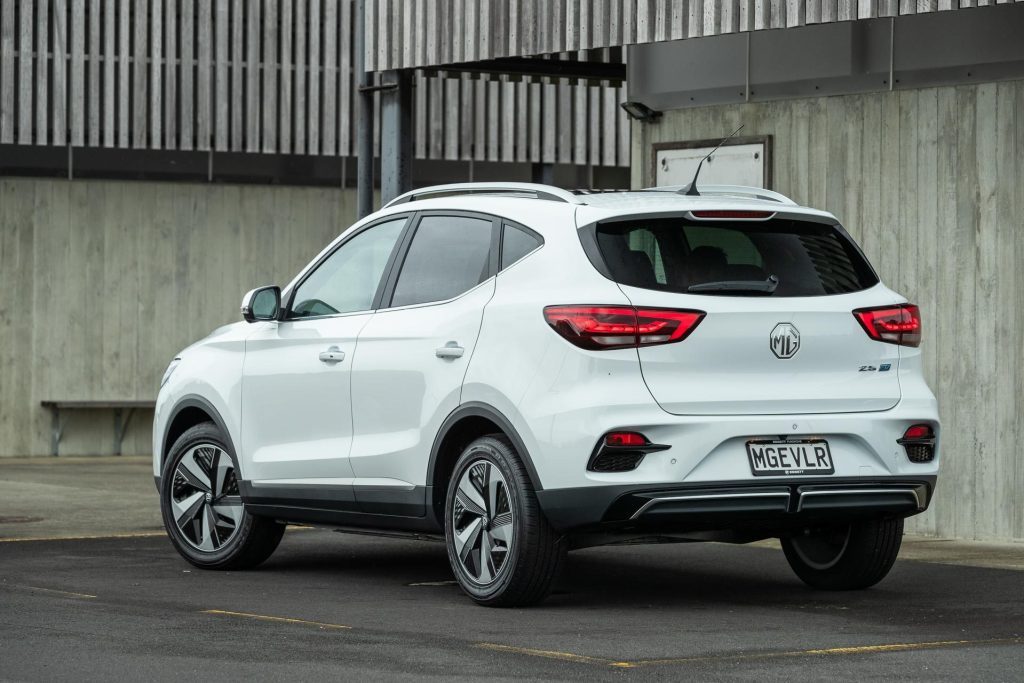
It wasn’t perfect, a does-the-job-okay sort of a thing, affordable and good value being the key attributes.
It was updated last year with a new battery and motor combination offering improved efficiency and the potential to go further on a charge with a range of up to 320km.
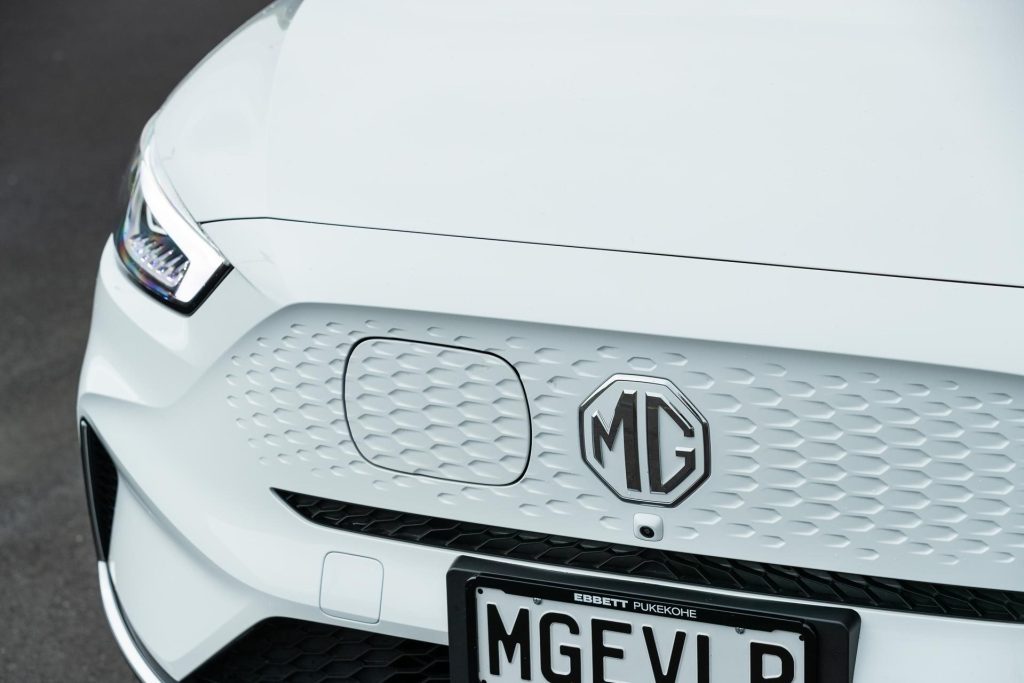
Still, that’s not enough for some to overcome potential ‘range anxiety’ when it comes to going electric. So MG now offers the ZS EV Long Range…at a price.
How big is the battery in the MG ZS EV Long Range?
Where the standard model has a 51kWh lithium iron phosphate battery, the Long Range gets a 72kWh NMC (nickel, manganese, cobalt) power pack which sees MG quote a potential 440km driving range (WLTP).
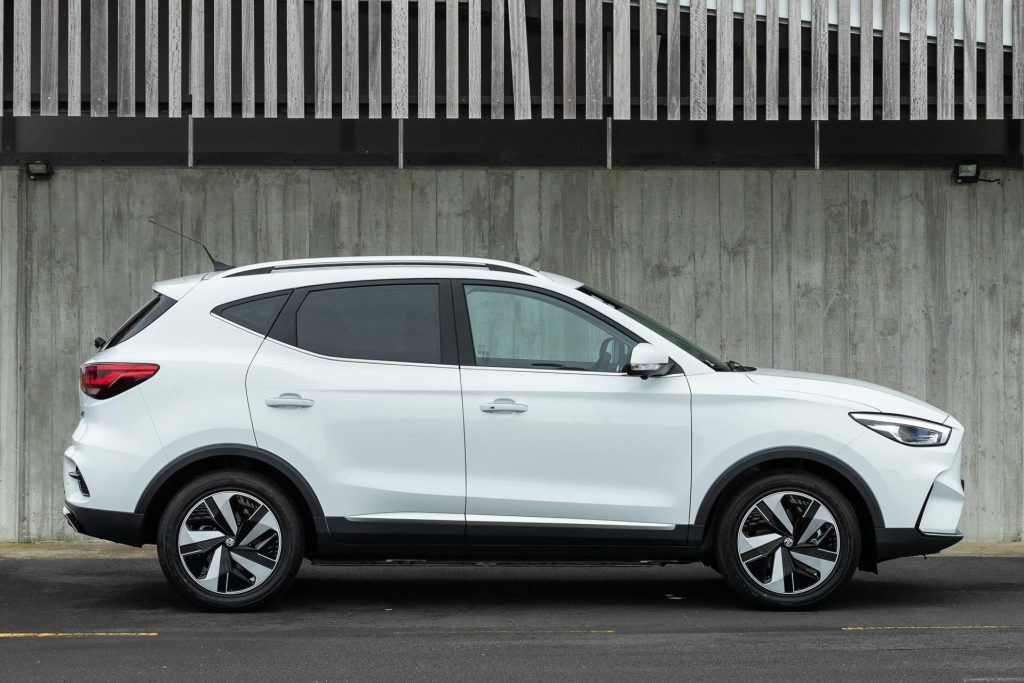
That’s a 41 per cent increase in battery capacity for a 37 per cent increase in range. And the premium? The Long Range is based on the $53,990 Essence spec and costs 20 per cent more at $64,990. (Update – MG NZ has reduced the price of this model to $59,990 as of July 25)
That’s before adding ORCs and subtracting the rebate, which stands at $8625, but from July will be cut to $7015.
Other differences? A slight drop in max power from the motor (down 15kW to 115) while it’s said to be just 10kg heavier overall, despite the increase in battery capacity as NMC packs have a higher cell density.
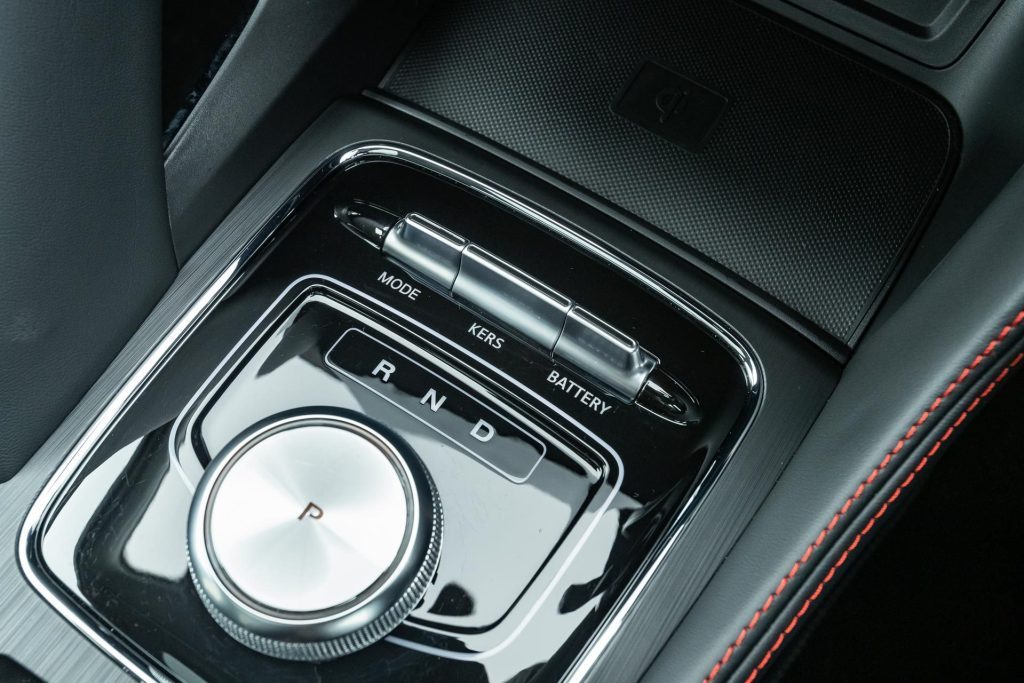
A bigger battery takes longer to charge, the supplied three-pin plug takes 35 hours (70 per cent to 100 took 14 hours at our place), but you can get that down to 11 hours with a wall box.
When going ‘long range’, 10 to 80 per cent on a 50kW DC charger is said to take an hour, or 37 minutes if you can find a 150kW juice point.
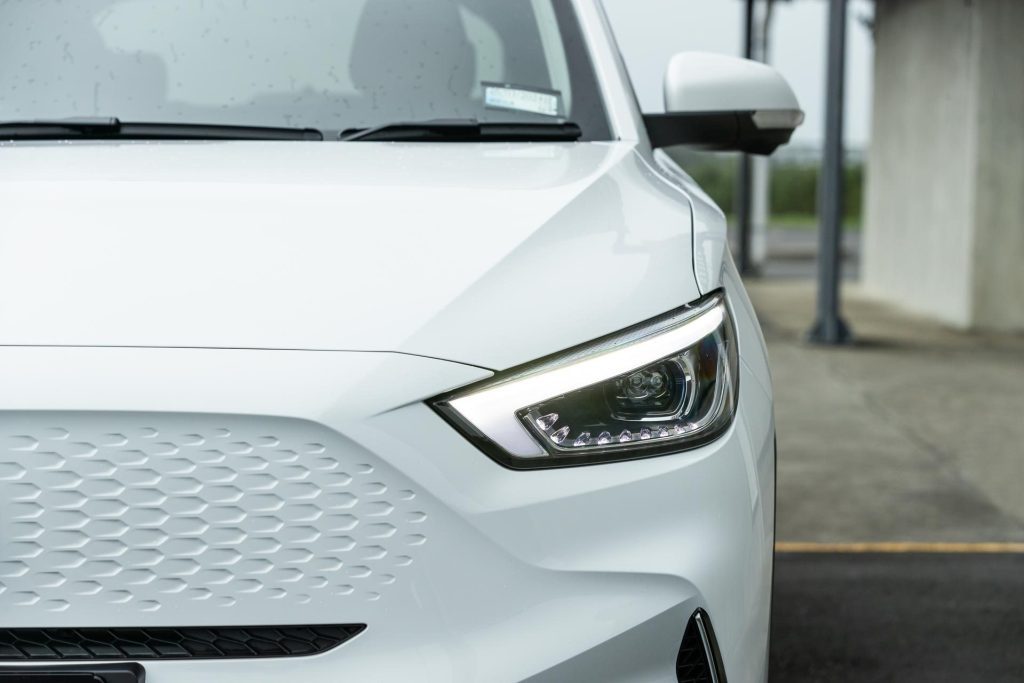
How far can you go in the ZS EV Long Range?
When we collected it, the battery was at 80 per cent, showing 328km on the range estimator. But the consumption was reading 24.7kWh/100km (17.7kWh/100km being MG’s stated figure), so someone had been vaulting it hard before we got on board.
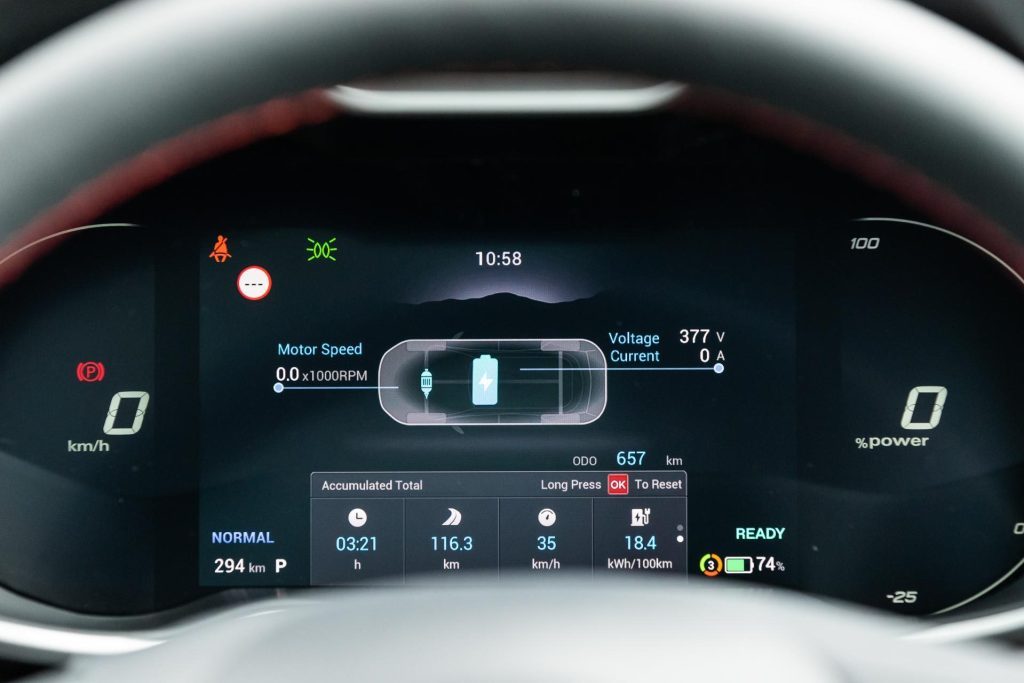
We plugged in overnight, and it was again registering 80 per cent in the morning. Hmm, we’d forgotten to check the battery parameters, which were set to a maximum charge of 80 per cent.
We tried again that night and finally got to 100 per cent charge the next day, the DTE showing 412km.
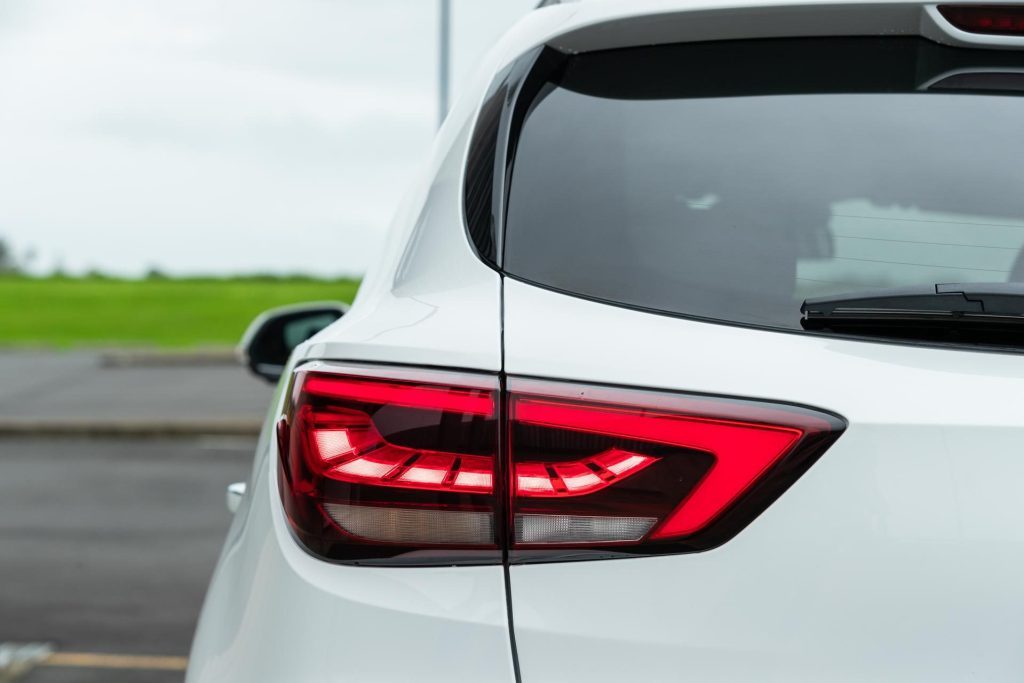
How far you’ll get on a single charge depends on many things, and the MG UK website has a useful range estimator with a selection of various driving styles to choose from; i.e. click on ‘slow moving traffic’ and it suggests you could get as far as 620 kays on a charge, while motorway driving can see that dip to just 330.
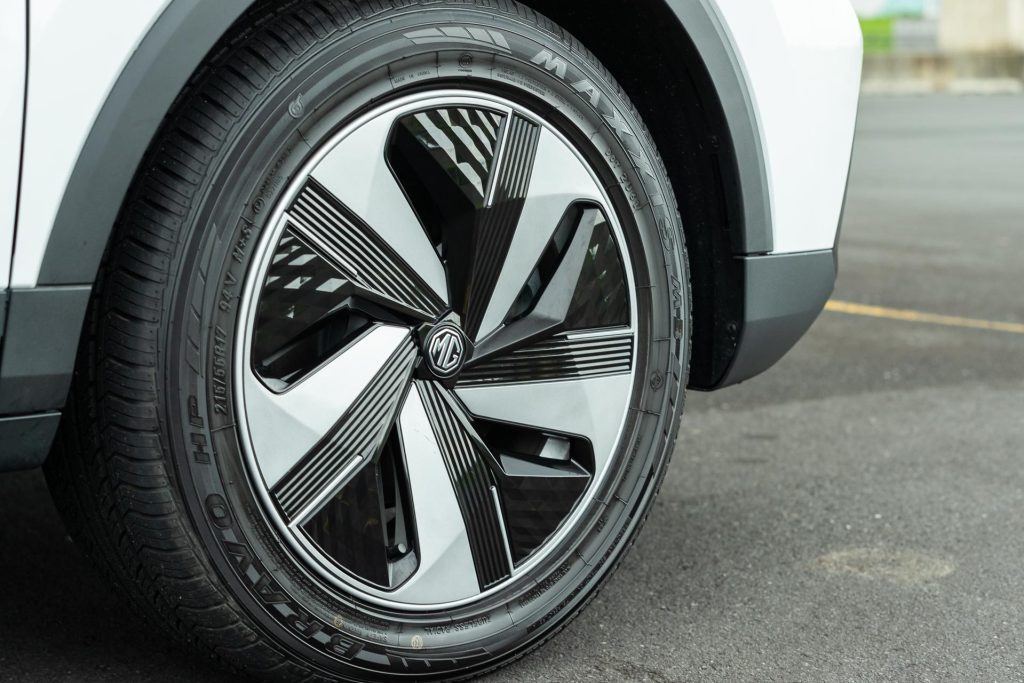
It’s all about how, where and when you drive these things that determines the ultimate range. Why the disparity? EVs use minimal energy in slow going traffic, while there’s more opportunity for energy regeneration under braking.
On the motorway, the motor is spinning furiously (9000rpm), the energy meter often in the 30 to 50 per cent range as it has to overcome the constant wind and rolling resistance. And there is no multi-speed transmission with overdriven gears to help out.
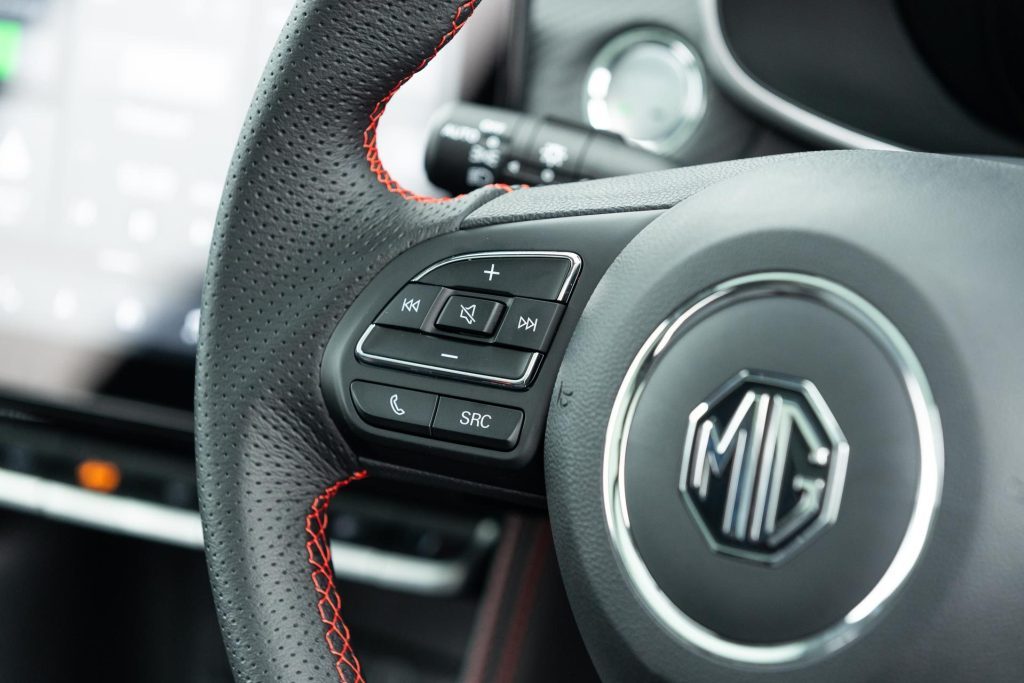
Come time to return the ZS EV, the consumption was registering 18.6kWh/100km for 218km travelled with 180km left to run from the remaining 43 per cent charge.
What is the specification of the MG ZS EV?
Yes, everything is familiar in the cabin where its impressive spec list is balanced against its ‘value’ interior where hard plastics and vinyl dominate.
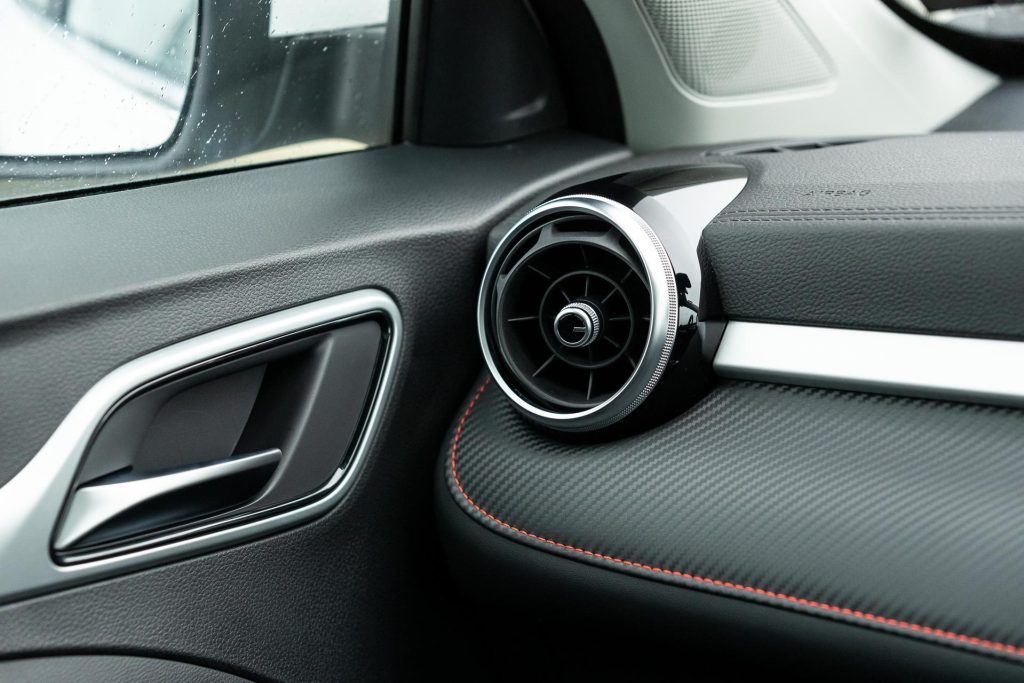
A few passengers noted the cabin aroma, which we put down to said trimmings, while the carbon fibre patterning on the trim gets them too. The seat is comfortable however, electrically adjusted and heated even, although there’s not a huge range of movement offered (and not much at the steering wheel either).
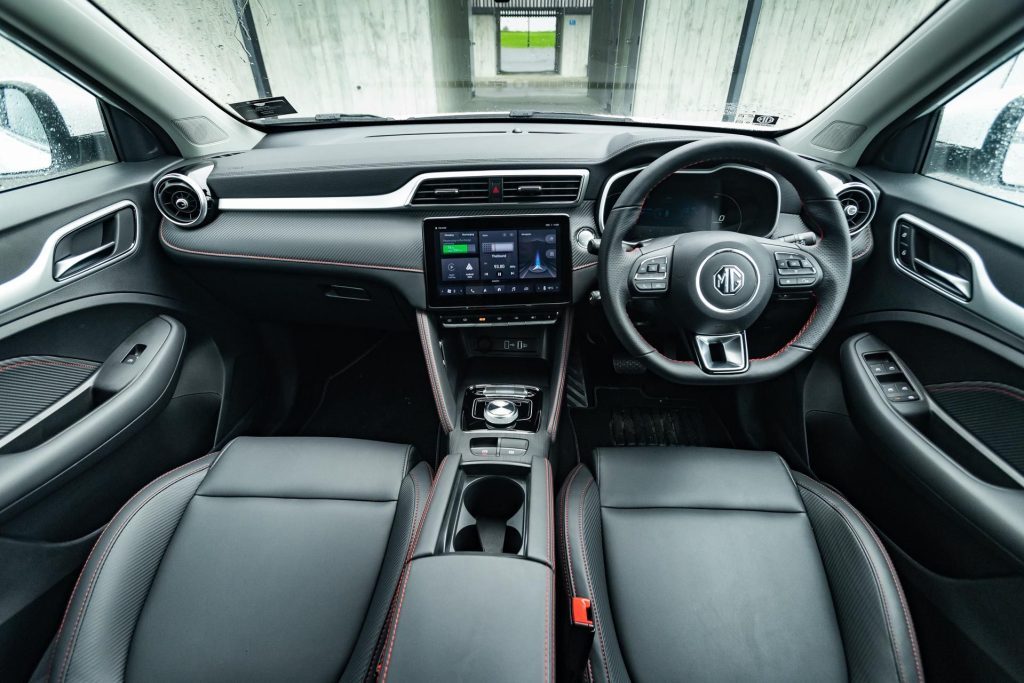
The main screen has a sharp resolution with good graphics and while the operation is not immediately intuitive its response is quick enough, has in-built sat nav and connection for both Apple and Android phones.
There are a few hard buttons for the volume and simple ventilation controls so you don’t always have to delve into the screen.
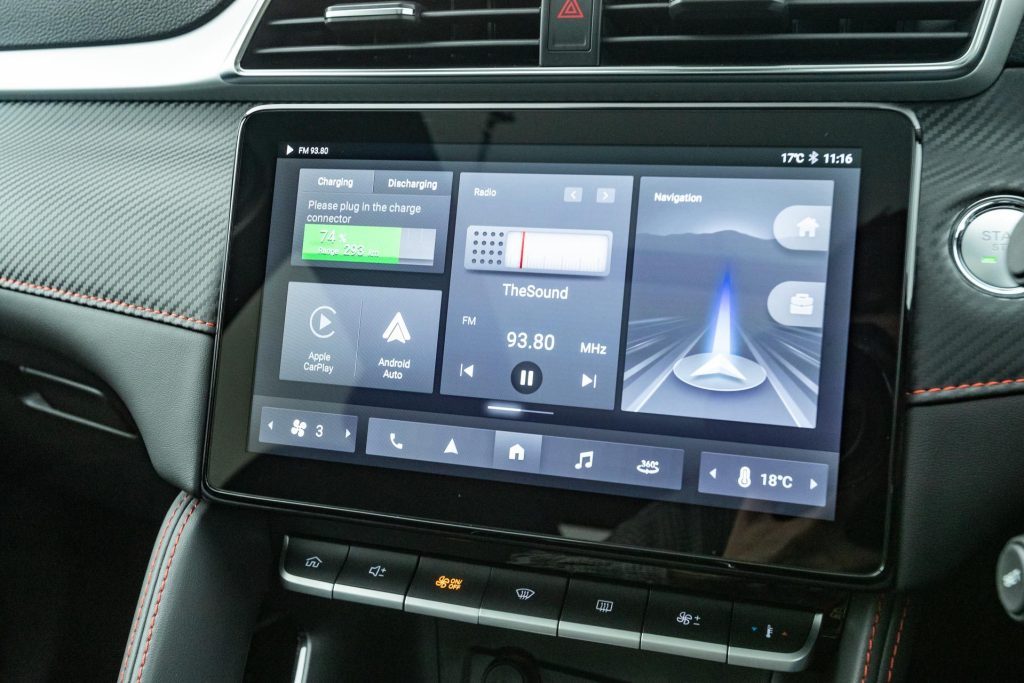
You also get a charge pad, a USB-C outlet, a full glass roof, 360-degree camera (imaging could certainly be improved), a recording function for the front view camera and a PM2.5 smog filter for when you’re sitting in traffic amongst all the fuel burners.
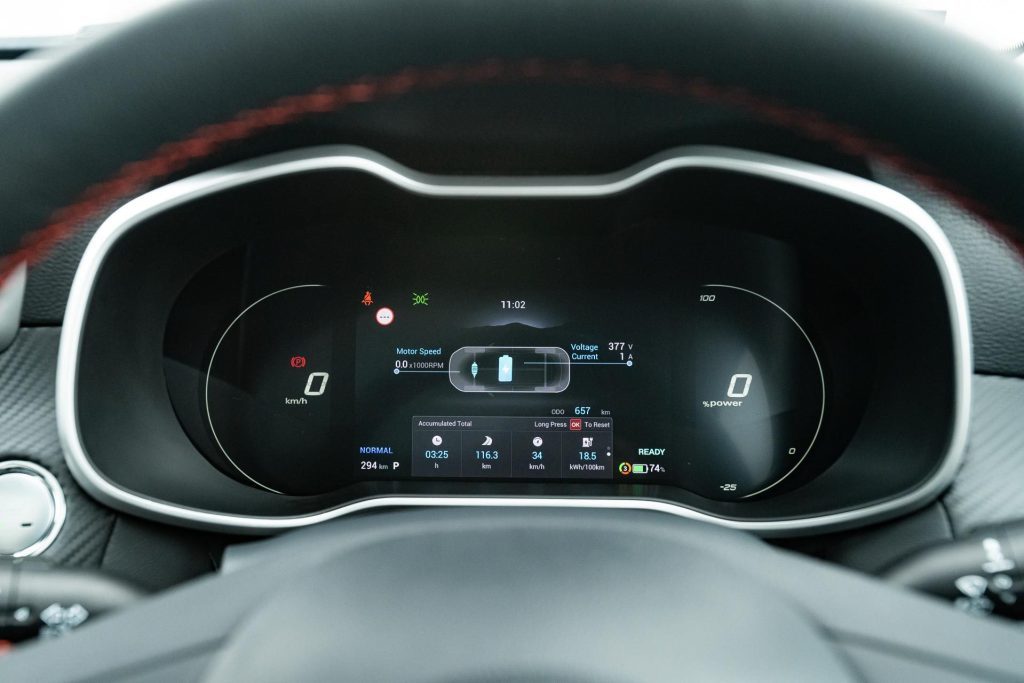
There’s also MG’s big seven-year/unlimited kay warranty on both the car and the battery.
The instrument panel has a large LCD panel to keep an eye on things like the energy flow or what the MG Pilot system is doing.
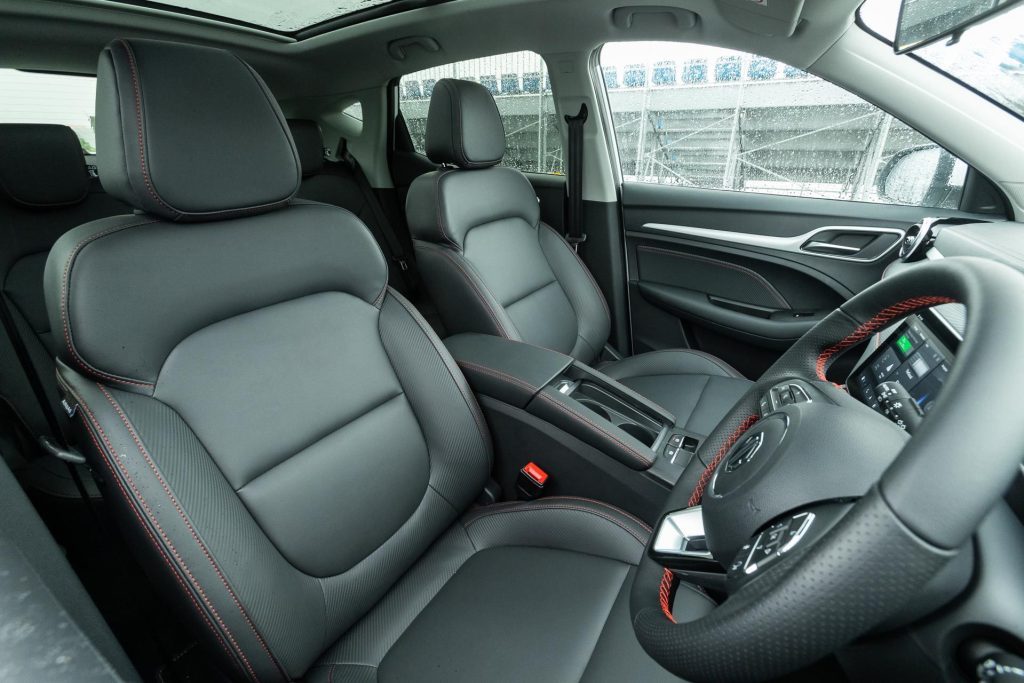
Most of these safety systems are calibrated well, the lane keeping of the non-intrusive variety but the forward collision warning seems nervous in traffic.
The cruise control works as it should but is manipulated via an old wand concealed behind the steering wheel, making it not so easy to use.
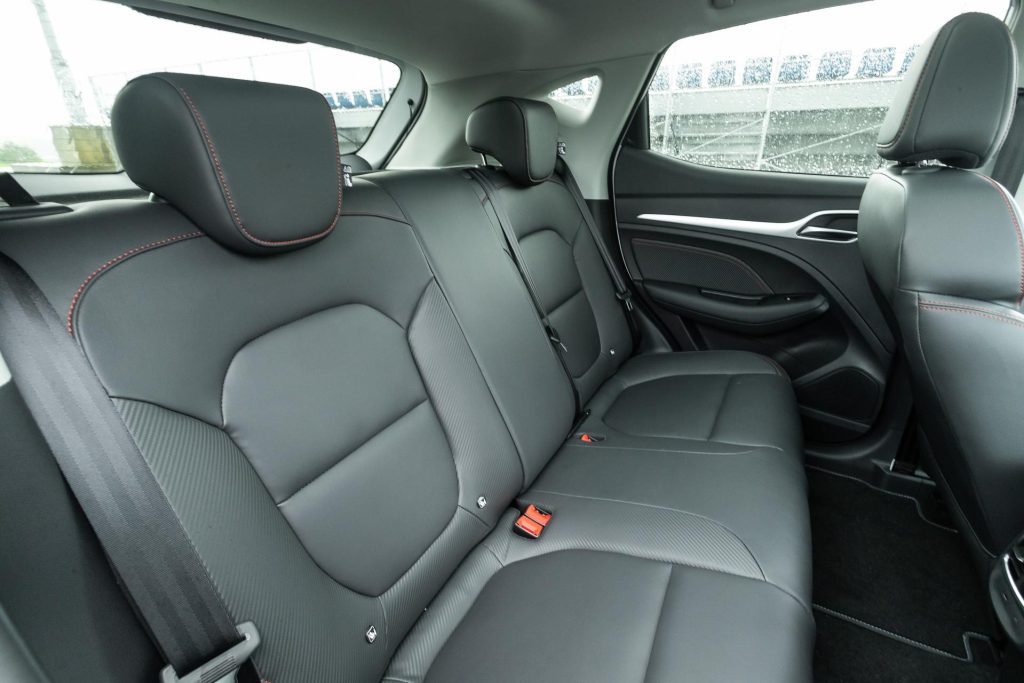
It’s family friendly as these SUV types tend to be, with sufficient rear seat space. The boot has a multi-level floor so you can lower it to increase literage, and when you fold the rear seat, you can raise it back up if you need a level load space.
While there’s no spare wheel, you can put a tow bar on this vehicle but it’s only good for 500kg, so more for a bike rack than anything.
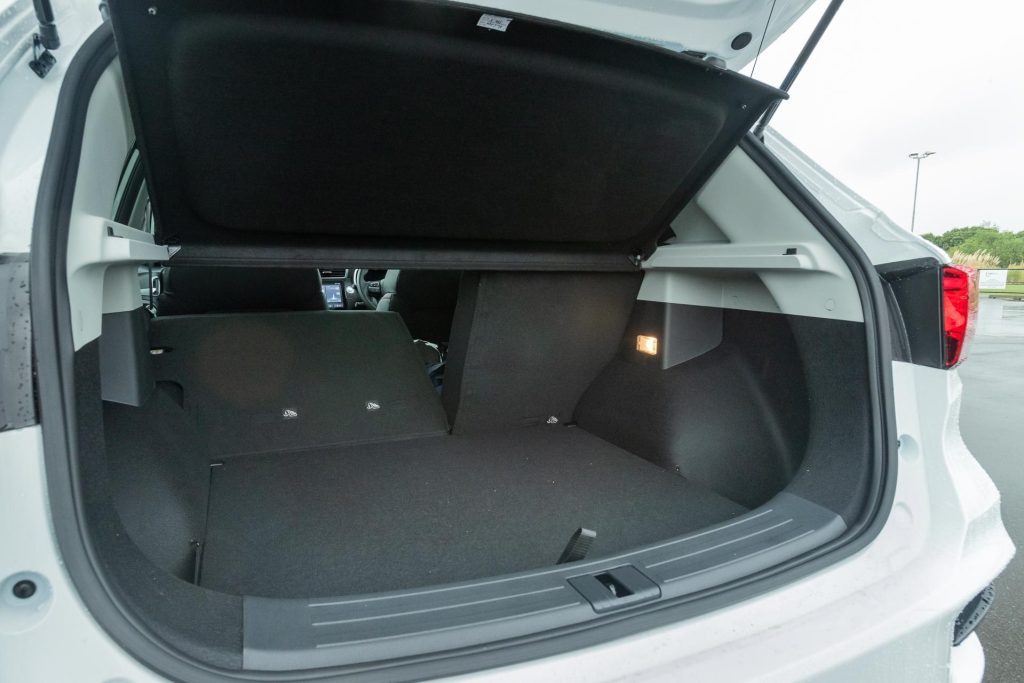
How does the MG ZS EV handle?
Okay is the operative word. You don’t notice the reduced power output, it’s the torque that counts and that rolls on nicely while there’s a boost in response when you click into the Sport mode.
There are three levels of brake regen but none of these offers coasting or a full one-pedal mode, while the pedal itself requires a sensitive touch for smooth braking.
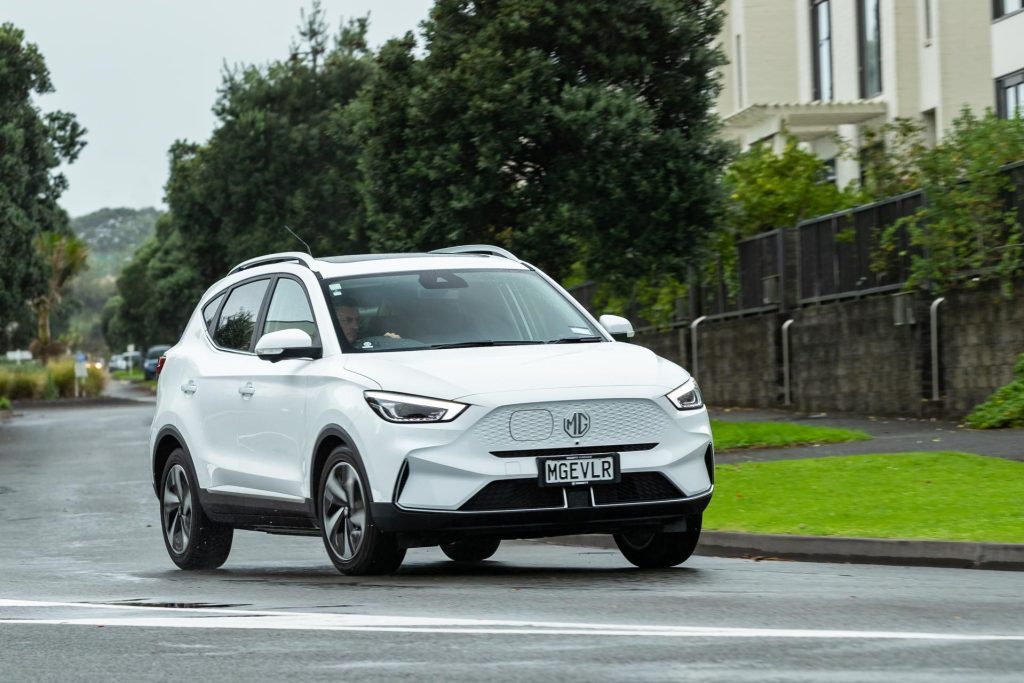
The steering assistance can feel oddly heavy just off centre, while it also has a strong centring action, which seems to be more of an issue on cambered roads. It’s light for traffic work though, with a good turnaround for urban use.
The ride quality is generally cushy and the updated model is much better at smoothing bumps than the original, which crashed over them.
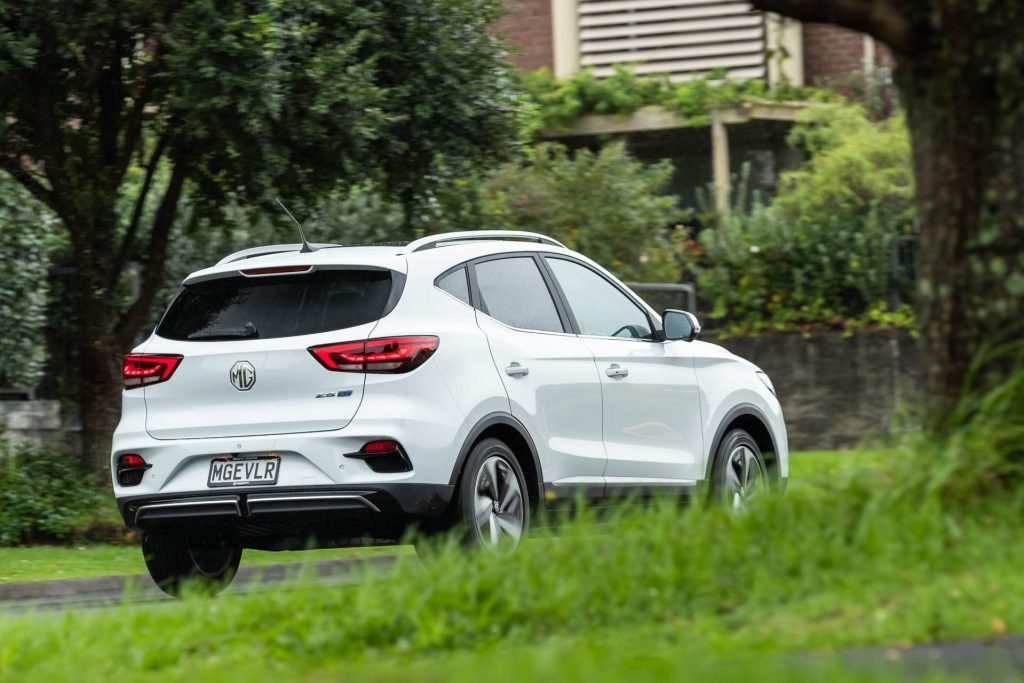
It’s still too rolly in corners, which doesn’t instil great confidence but the grip from the Michelin tyres is decent, so it does actually hold on okay, even though it gives the idea it might not.
And with the regen in its default Level Three max setting, you can simply lift the go pedal and it will slow smoothly for the bends, making for an easy highway drive.
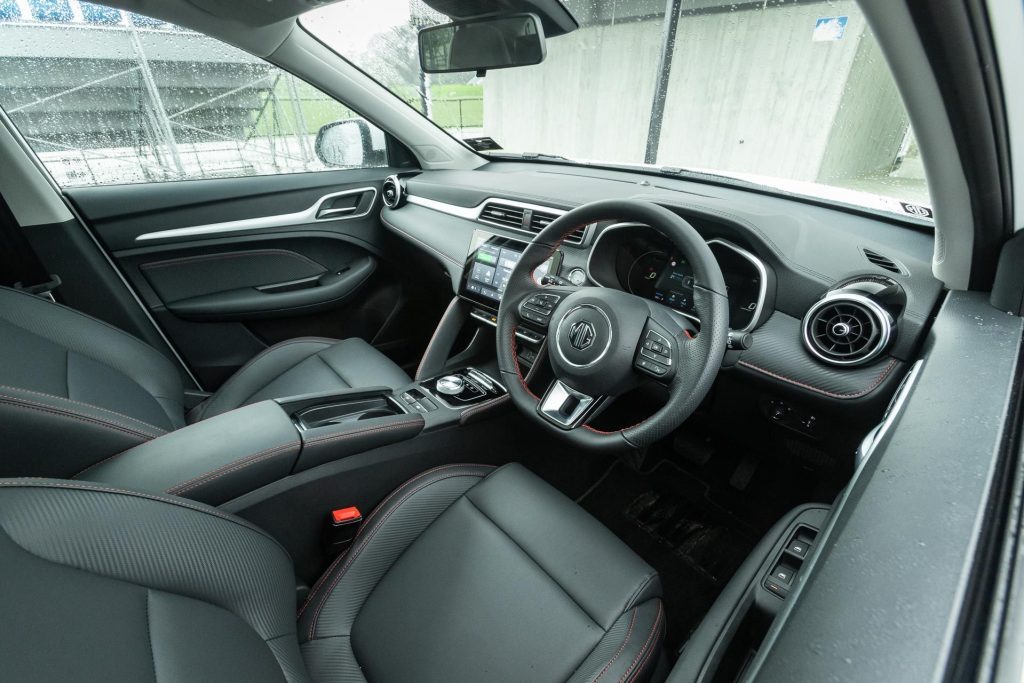
But do you really need the extras?
While it seems a good deal – 37 per cent increase in range for a 20 per cent premium – you would need to justify that with frequent long journeys.
It’ll be one for those with a longer drive to the bolt hole, it’s something that will get you there without relying on the woefully inadequate charging infrastructure.
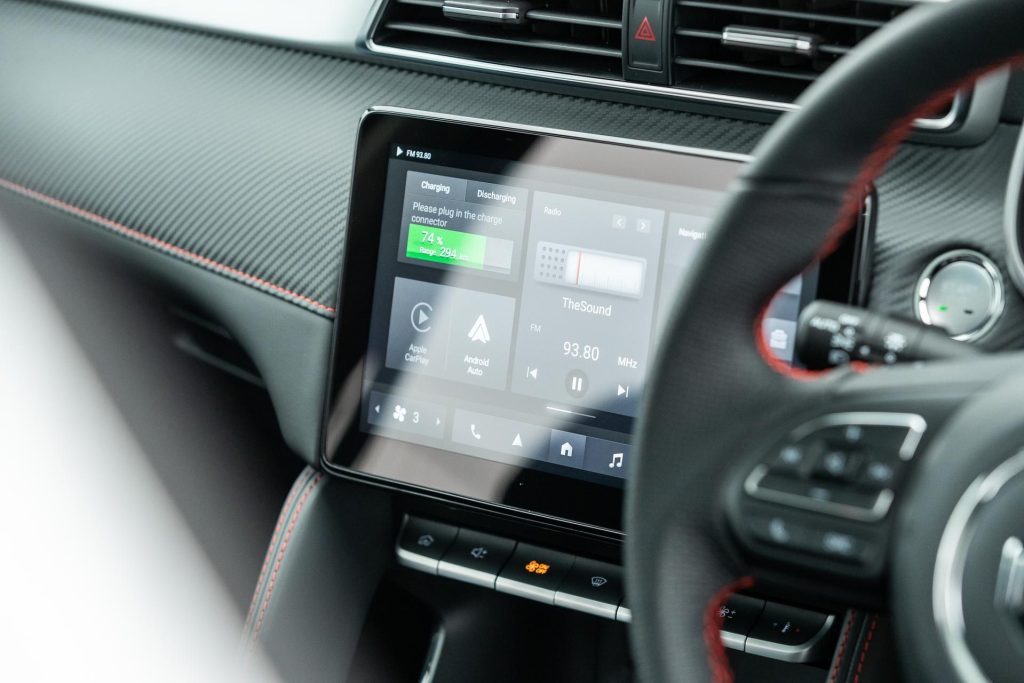
Otherwise, we’ve found the standard model has more than enough energy capacity to suffice, especially for the urban user.
And then there is the BYD Atto3 Extended which is $62,490, with a slightly less quoted range but from our experience it’s more efficient and a better drive.
| Model | MG EV ZS Long Range |
| Price | $64,990 |
| Clean Car Discount | Rebate – $8,625 |
| Motor | 115 kW / 280 Nm |
| Battery | 72.6 kWh |
| Range | 440km |
| Drivetrain | Single-speed auto, FWD |
| Energy Use | 17.7kWh/100km |
| C02 Output | 0g/km |
| 0-100km/h | 8.5sec |
| Stability systems | ABS, ESP, TV |
| Safety | AEB, ACC, BSM, LDW, RCTA, ALK, AHB |
| Luggage capacity | 359L – 1187L |
| Tow rating | 500kg braked |
| Service intervals | 2 years / 40,000km |
| Warranty | 7yrs / Unlimited km |
| ANCAP rating | 5 Stars (2019) |
| Weight | 1620kg (claimed) |


